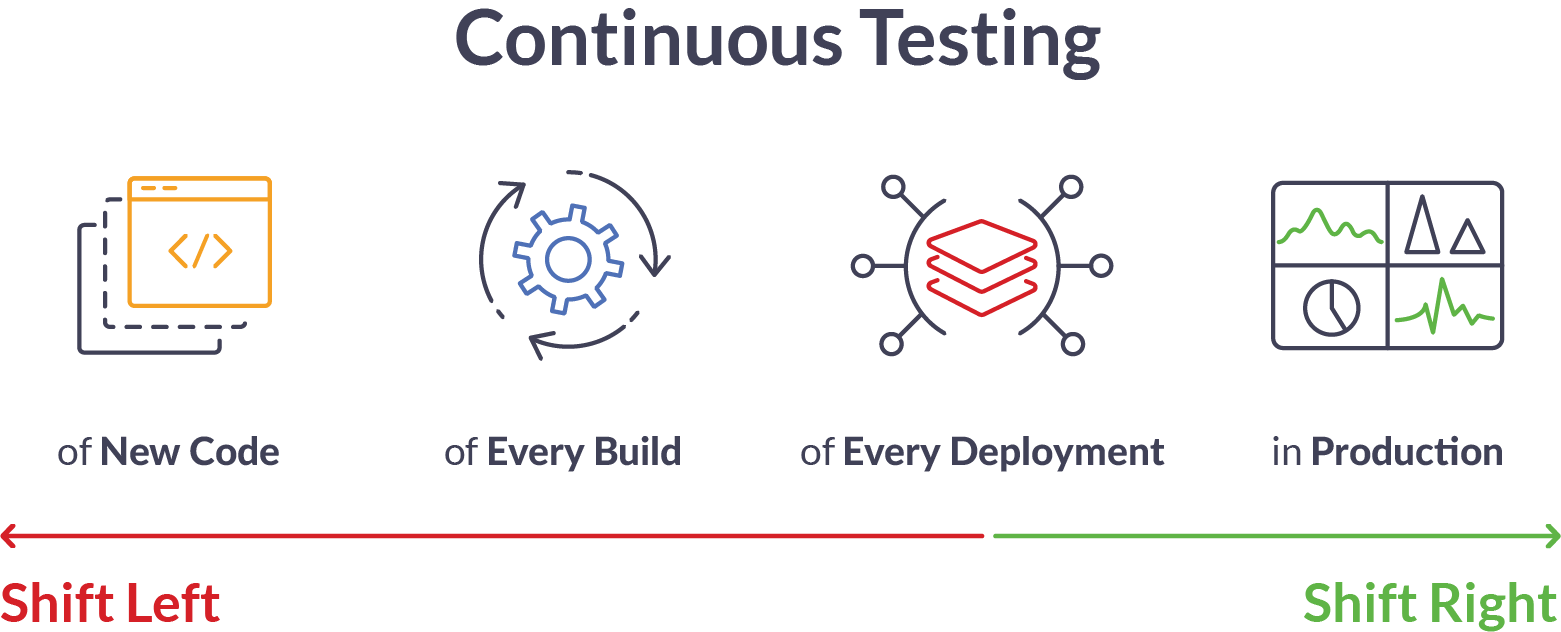The Key Role of Continuous Testing in DevOps
Regular
practices are being adopted by IT organizations to enable frequent software
releases to production, to increase the overall customer
experience and to accelerate time to market.
However, adopting
DevOps practices requires a cultural shift in
terms of processes, people, and technologies that are involved in development,
testing and operations. These days, various organizations are encountering
significant challenges while embracing DevOps.
According
to popular belief, an organization must
throw away everything an organization has built and start from
scratch. However, that is not true; the critical
component of DevOps in large organizations is the
need to improve collaboration & communication between IT teams
disciplines.
Enabling a
behavior like this can be cumbersome, particularly while regulatory and audit
compliance requires current administrative structures to remain as-is.
Traditionally,
developers, testers, and operation engineers typically play diverse roles, with
varying responsibilities, cultures, job descriptions, and all working in distinct functional areas as separate entities.
The question that arises is whether QA can unite these various
groups under the DevOps flag or not.
Continuous Integration & Delivery (CI and CD) are the two most
important components of DevOps practice. Continuous integration being the main component of agile practice ensures that software is built and tested regularly and the bugs are also fixed rapidly.
It necessitates
members of a team to integrate their work regularly
on a daily basis. Each check-in is corroborated
by an automated build that will allow an early defect detection. As continuous integration identifies defects early
in the development, defects become easy to resolve and less complex.
Continuous
delivery helps in taking continuous integration to the next level and extend agile
practice beyond development in a DevOps cycle. It plays a crucial role in today’s agile age.
Continuous
delivery helps in making it continuously adapt
software corresponding to changes in the business strategy, user feedback, and
shifts in the market.
In a continuous delivery process, the teams collaborate
and work closely to streamline and
automate the test, build, and release cycles. A successful continuous delivery
process helps in reducing costs, shortening iterations, minimizing risks, and
accelerating time to market.

Importance of Continuous Testing in DevOps
To provide seamless user experience to the customers,
applications need an extraordinary dependence and connectivity between systems,
processes, and infrastructure. Testing various products, applications, and
services can pose a huge challenge for
testing needs to ensure that high-quality software is delivered at an accelerated speed.
Continuous testing plays an imperative role in continuous delivery. It involves
the use of concepts and methods of Agile development for the testing and QA
process, providing extra efficient
testing process.
Continuous testing necessitates
on automated end-to-end testing solutions
that incorporate existing development processes while eliminating errors and
enabling thorough continuity throughout the software development lifecycle.

Comments
Post a Comment